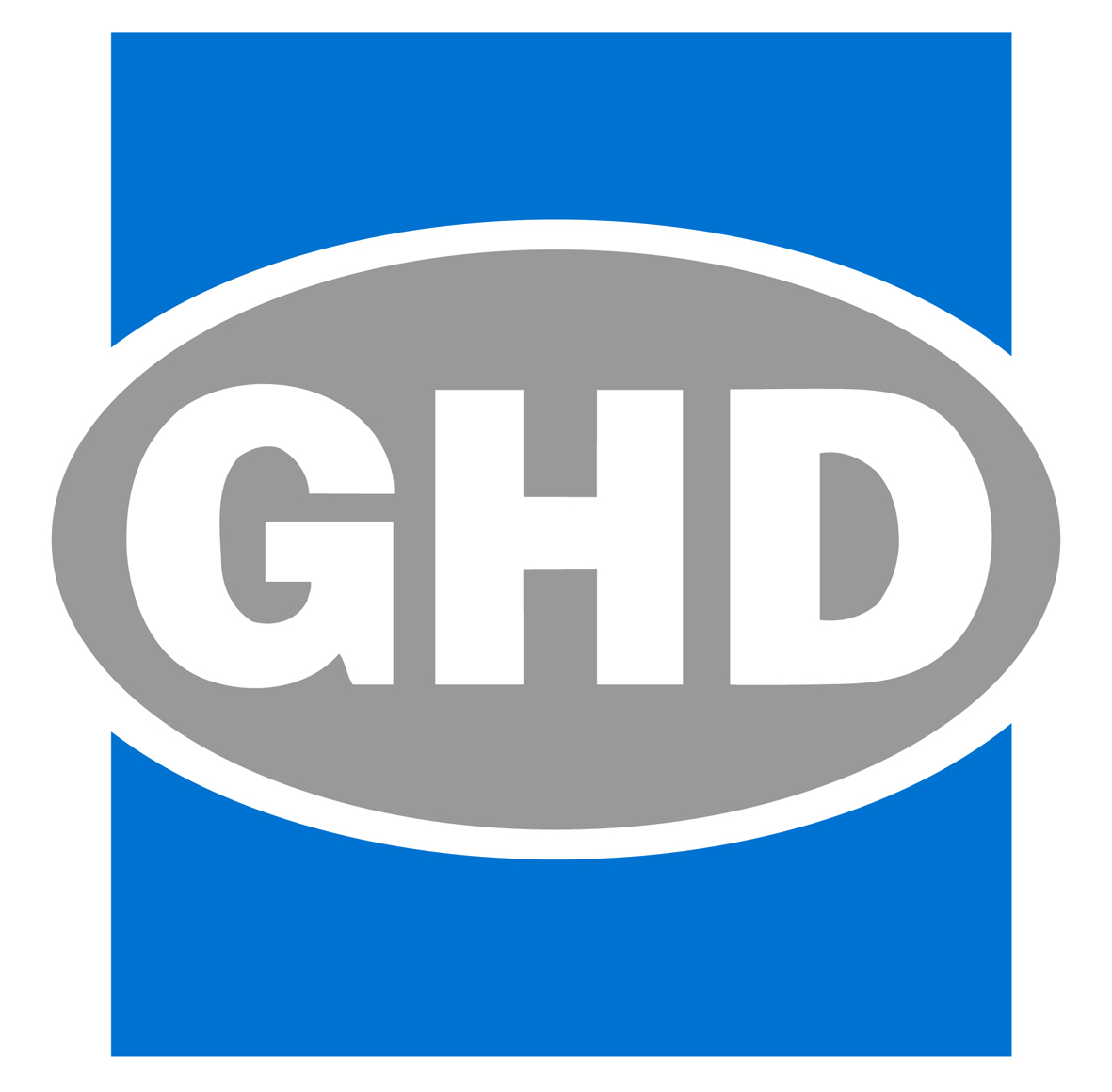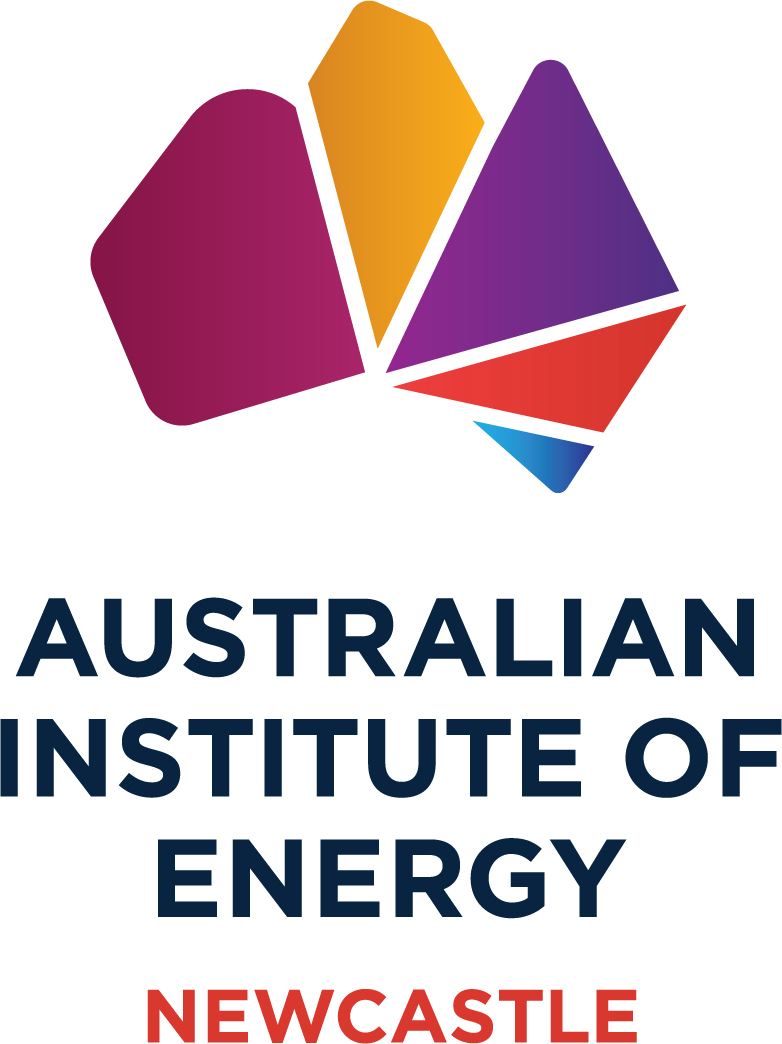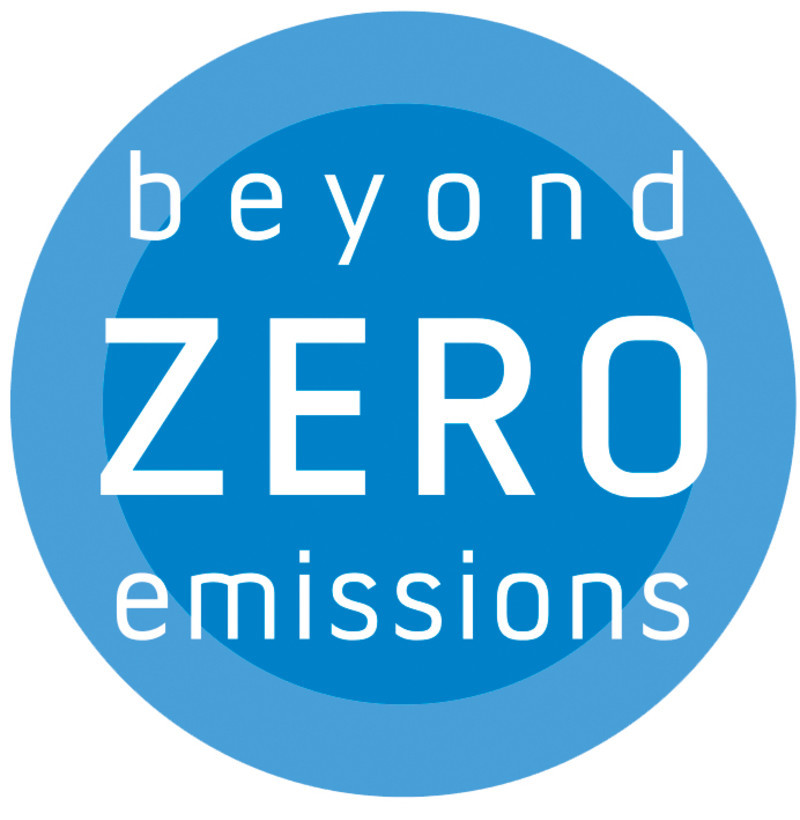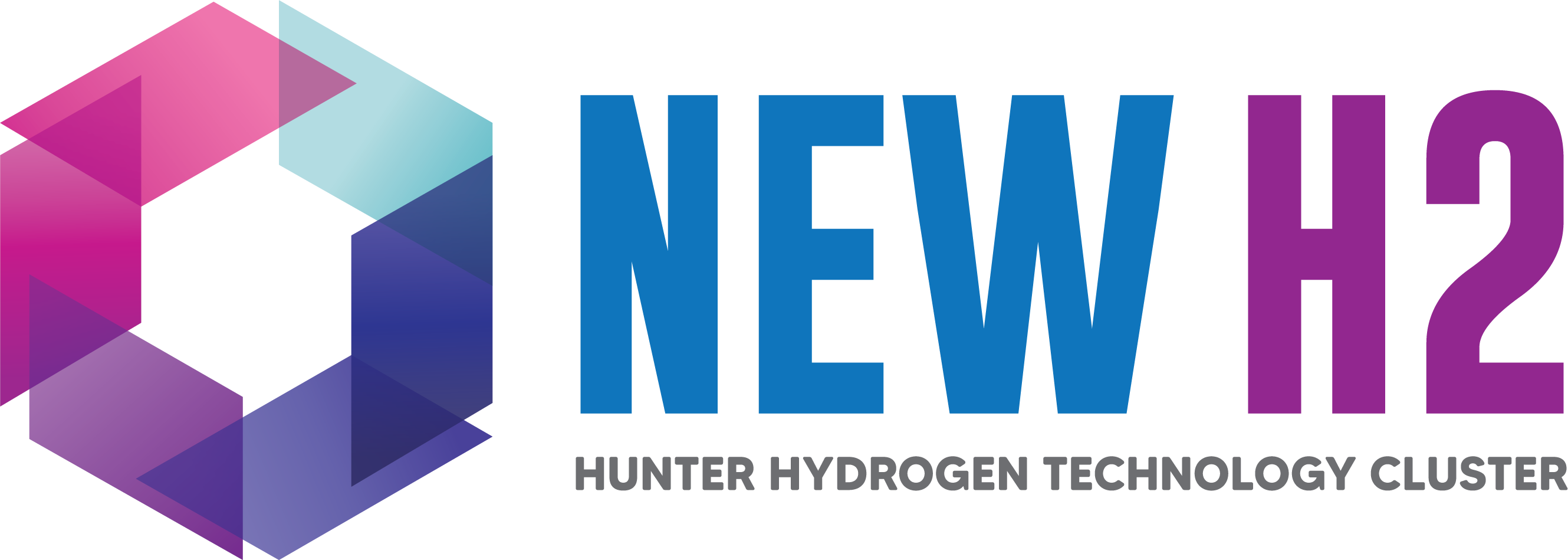Billion dollar energy reform blueprint calls for customer integrated grid
An energy reform blueprint released this week describes how all customers can benefit from fully integrating customer solar, battery and controllable devices into the electricity grid, and outlines the capabilities and actions required to start the process.

The Required Capabilities and Recommended Actions Report by Energy Networks Australia and the Australian Energy Market Operator (AEMO) is the latest milestone of the Open Energy Networks project (OpEN).
Australia is leading the world on the take up of customer energy resources, such as solar PV and batteries, and a blueprint to integrate these assets safely and reliably at the lowest cost is required to capitalise on this investment.
Energy Networks Australia Chief Executive Officer, Andrew Dillon, said getting the integration of these technologies right could deliver more than $1 billion in benefits to customers by 2030. “Our electricity grid was not built to accommodate large amounts of power being generated back into it from multiple small sources – reverse electricity flows,” Mr Dillon said.
“Australia has more rooftop solar per capita than anywhere else in the world and this boom in solar and batteries creates both significant challenges and great opportunities for our local distribution networks. “
The recommendations in this report are designed to shape a future electricity grid that enables us to keep prices down, keep the lights on and to maximise our use of localised solar and storage.”
AEMO Managing Director and Chief Executive Officer, Audrey Zibelman, said the report and stakeholder feedback highlights a once-in-a-lifetime opportunity for Australia to move to a two-way system for electricity production and distribution.
“The world is looking to Australia as the leader in installing rooftop solar and batteries to incentivise and integrate these customer resources to benefit all,” Ms Zibelman said. “AEMO can see a future where consumers’ controllable devices will have a marketplace to supply not just energy, but system and network services that reduce overall energy costs and help maintain system security.
“Through this process with Energy Networks Australia, the vast majority of stakeholders agree that actions are needed to be taken to build capabilities and trial new market mechanisms to ensure the final design delivers the benefits at the lowest cost.”
The objectives of the report are:
- Ensuring the system can cope technically so more customers can connect and receive the full benefits from their solar and storage devices.
- Maintaining and improving power quality and reliability at the lowest cost to customers.
- Being able to harness and manage the collective generation capacity of distributed energy resources (DER) to support power supplies, manage peak demand and reduce the need for investment in new generation and poles and wires infrastructure – saving customers on power bills.
The report outlines a set of required capabilities:
- Enabling distribution network service providers (DNSPs) to improve network visibility – i.e. know where DER are installed and how they behave in real-time, so the local distribution network and the wider system can be managed.
- Defining network constraints or ‘operating envelopes’ so customers can be advised how much electricity they can export and/or import from the grid. These operating envelopes define the limits that customers’ DER must operate within for the safe and secure running of the network and the overall electricity system.
- Having standards in place to communicate these ‘operating envelopes’ to aggregators, retailers, owners of DER and AEMO to help ensure the safe and secure operation of the network.
Recent modelling as part of OpEN showed where areas of constraint on the network are likely to form and when. These maps outline when zones will begin to reach areas of significant ‘reverse flow’, which highlight where investment will be required to optimise the network and the customer resources connected to it.
OpEN will release a final recommendation report later in 2019 that details a cost-benefit analysis for each of the four frameworks and makes a recommendation for a preferred framework and the steps required to implement a set of arrangements for distribution markets to deliver benefits for all.
Download the Required Capabilities and Recommended Actions Interim Report here.













